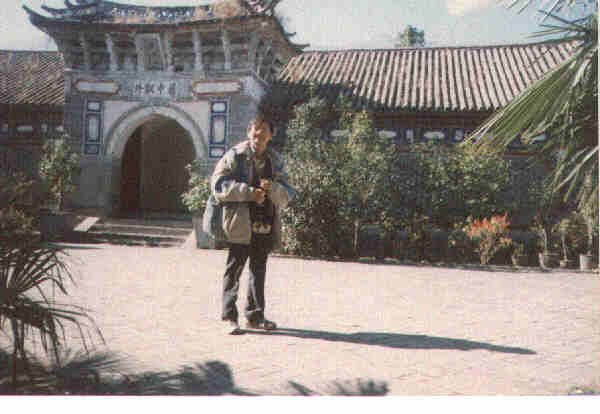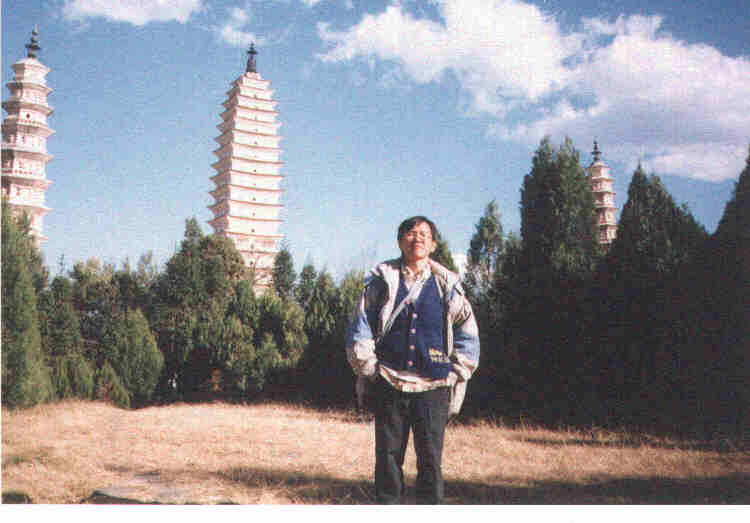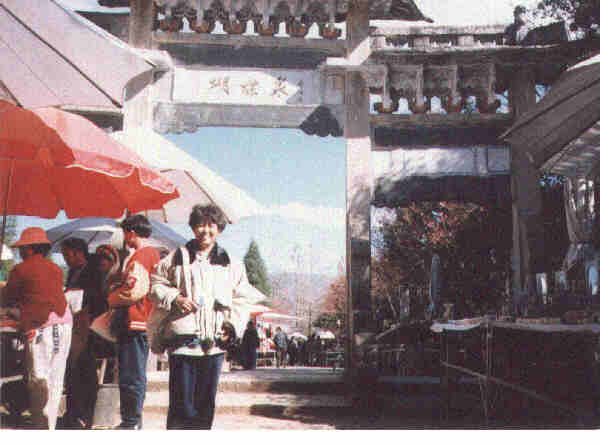Dali 2

At the Dali Museum, 1996
The museum was once the official residence of a Marshal Du who rebelled
against the Qing dynasty by declaring the Dali area independent. The area did
enjoy a few years of self-rule. It was finally crushed by the imperial army.
The exhibits at the museum are quite well-stocked. I spent one whole morning there
and in the end learned much about the history of Dali.Besides, the architecture
of the museum is unique and the whole complex is meticulously maintained - a really pleasant
place to loiter.

The Three Pagodas, Dali, 1996
Built about 1000 years ago, this Buddhist temple is a "must see" for all visitors to Dali.

Hudiequan(Butterfly Springs), Dali, 1996
Hudie means "butterfly" in Putonghua. The place is actually a garden in memory of a couple
who committed suicide when their marriage plan was opposed by the village elders. There is
nothing much to see here. In fact the long rows of stalls leading to the springs are such a
nuisance to an otherwise quiet and scenic spot with lots of flowering trees.
There is a Xu Xiake statute in the area which I think is a superb work of art.
Xu Xiake is a famous traveller and geographer in the Qing dynasty. His books about
his travels in Yunnan are not only a geographical study but also a social study with
very incisive analysis.